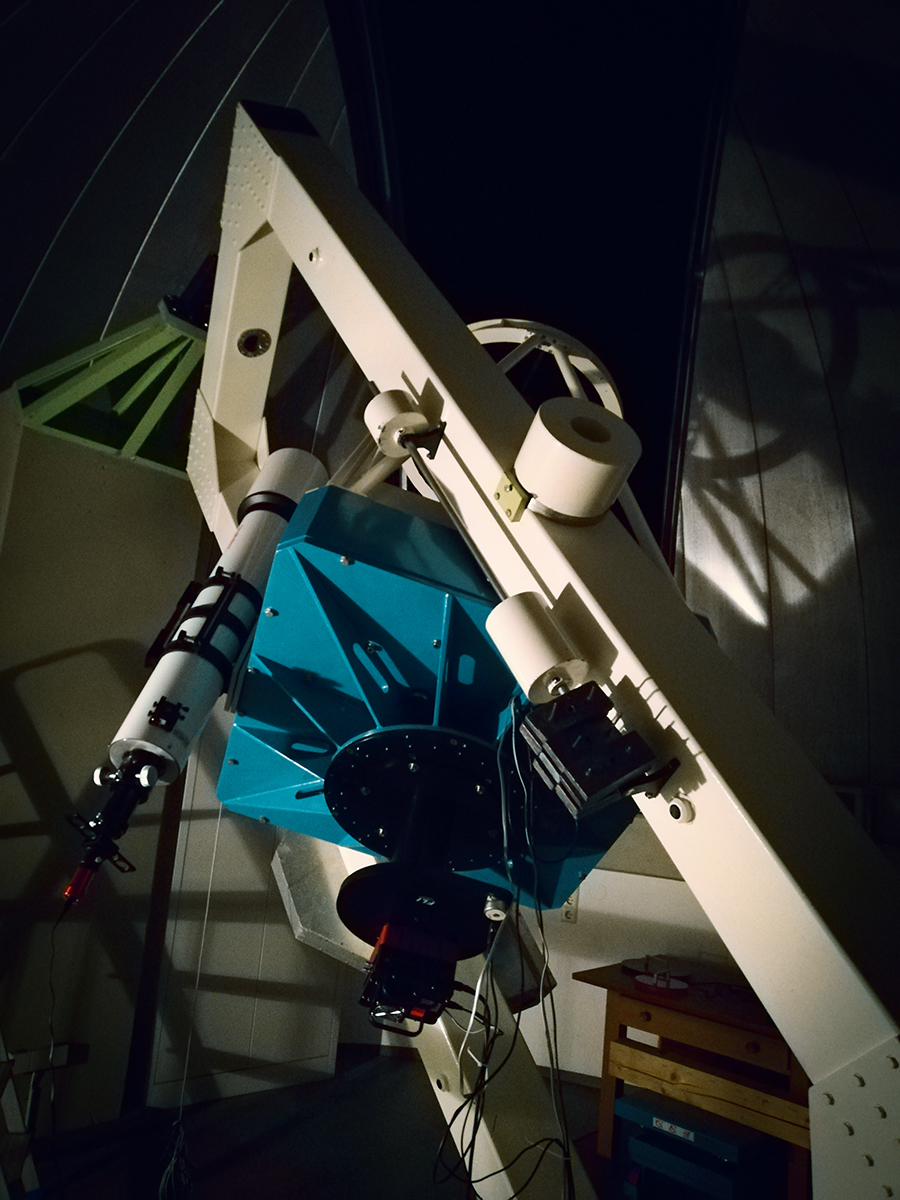Observatory
What equipment is invoved in our astrophotography?
Remote Observatory (GANDALF)
Galicia Spain
Since July 2024, we have been operating a telescope (called GANDALF) in a remote observatory in Galicia, Spain. The telescope and equipment were put together through collaboration within the group. Due to the high location, significantly better seeing than in Germany (FWHM 1.5"), the lack of light pollution and, of course, more clear nights, we want to capture even fainter and, in particular, rarely photographed objects. It features the follwing specifications and instrumets:
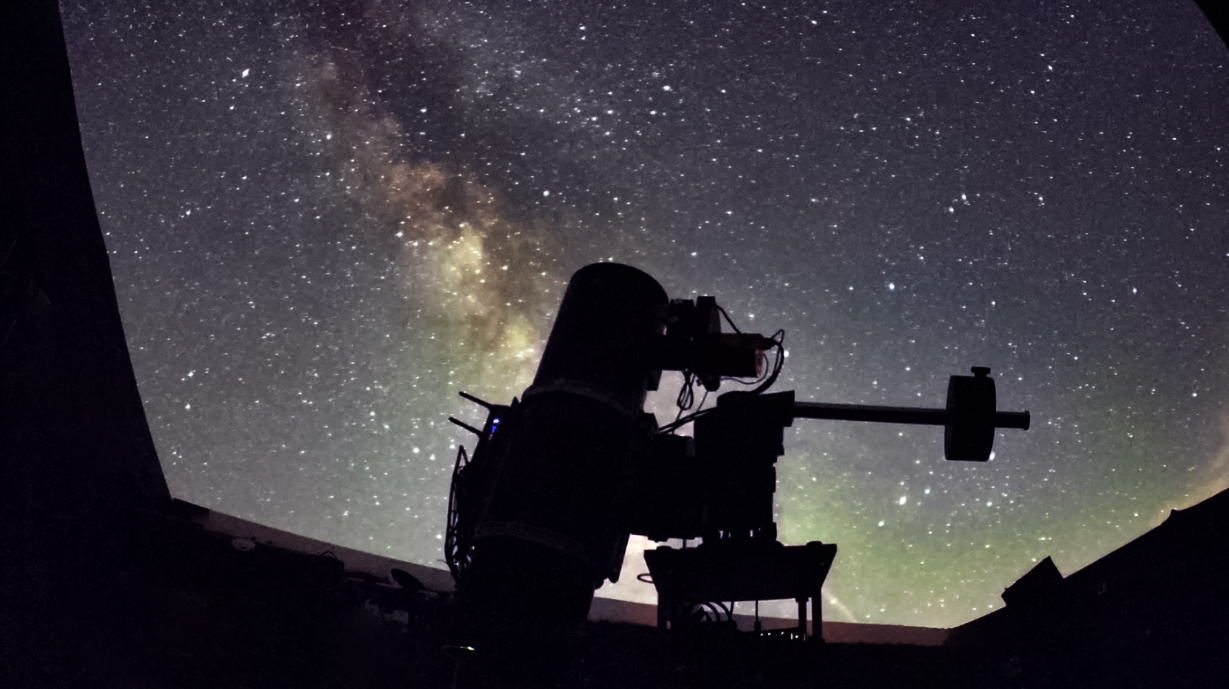
Telescopes
We own a large collection of mid-range amateur telescopes ourselves that are spefically designed for astrophotography under our common observing conditions.
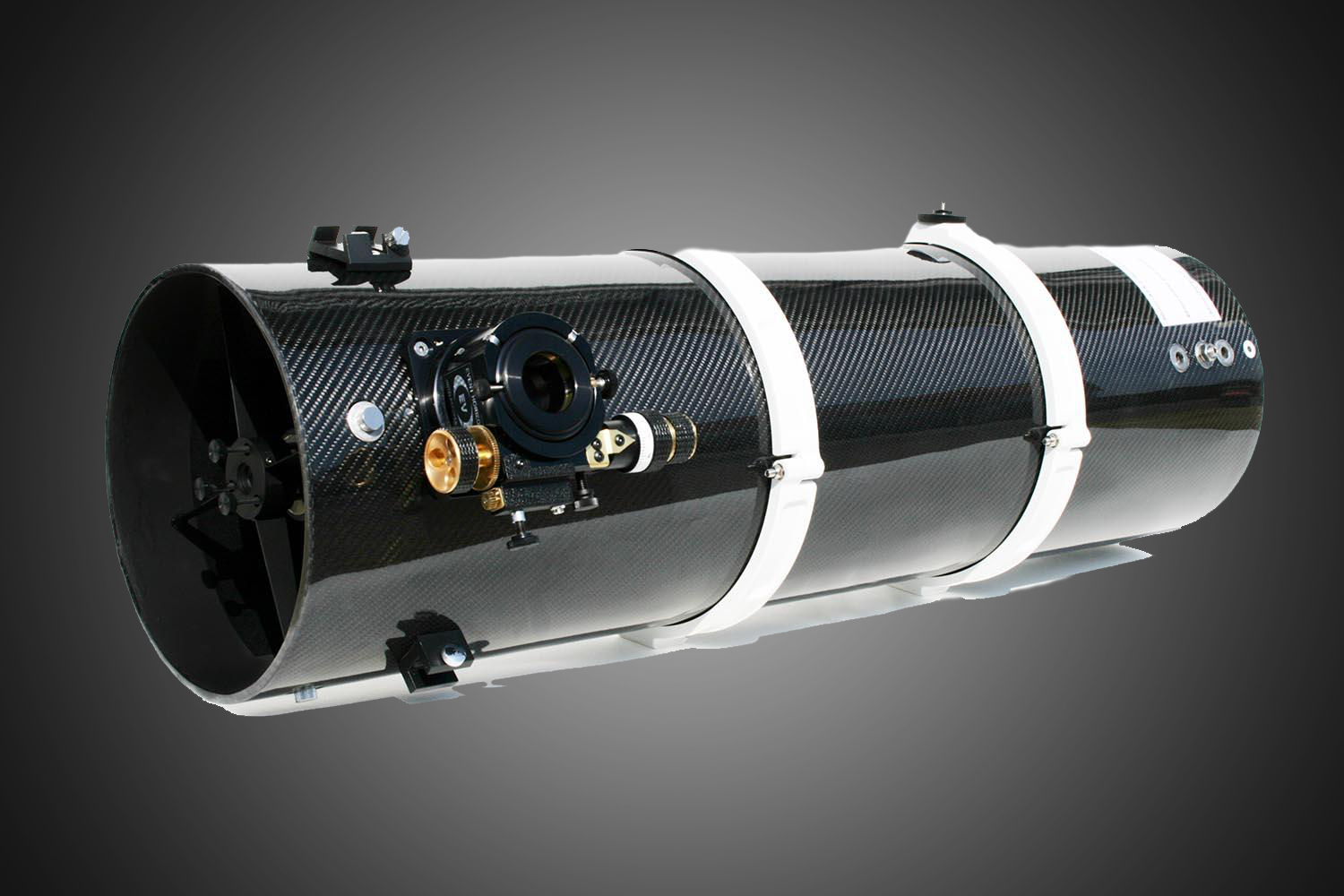
TS ONTC8 Newton
This telescope is a classical Newtonian telescope, using a 200mm paraboloidal primary and flat secondary mirror. It can be used with different coma correctors, yielding focal lengths of 570mm or 800mm. It is used for moderately large nebulae and larger galaxies.
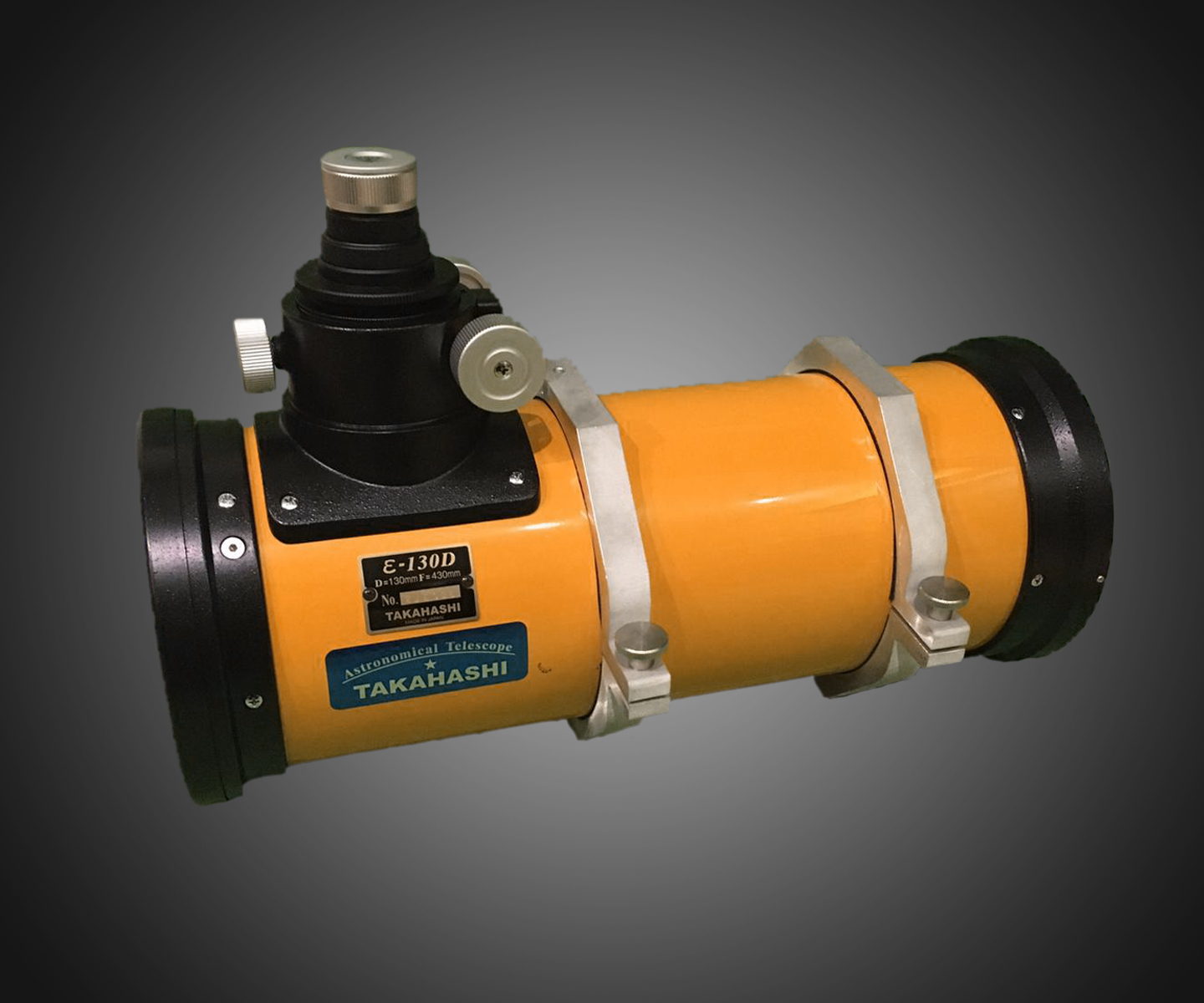
Takahashi e-130D
The Takahashi Epsilon is a hyperboloid newtonian astrograph. Its design is derived from the original design of newtonian reflectors, but highly optimized for fast widefield astrophotography. It has a focal length of 430mm and hence a f-ratio of f/3.3 while being able to cover imaging sensors up to the full frame format and excels at deep imaging of galactic nebulae.
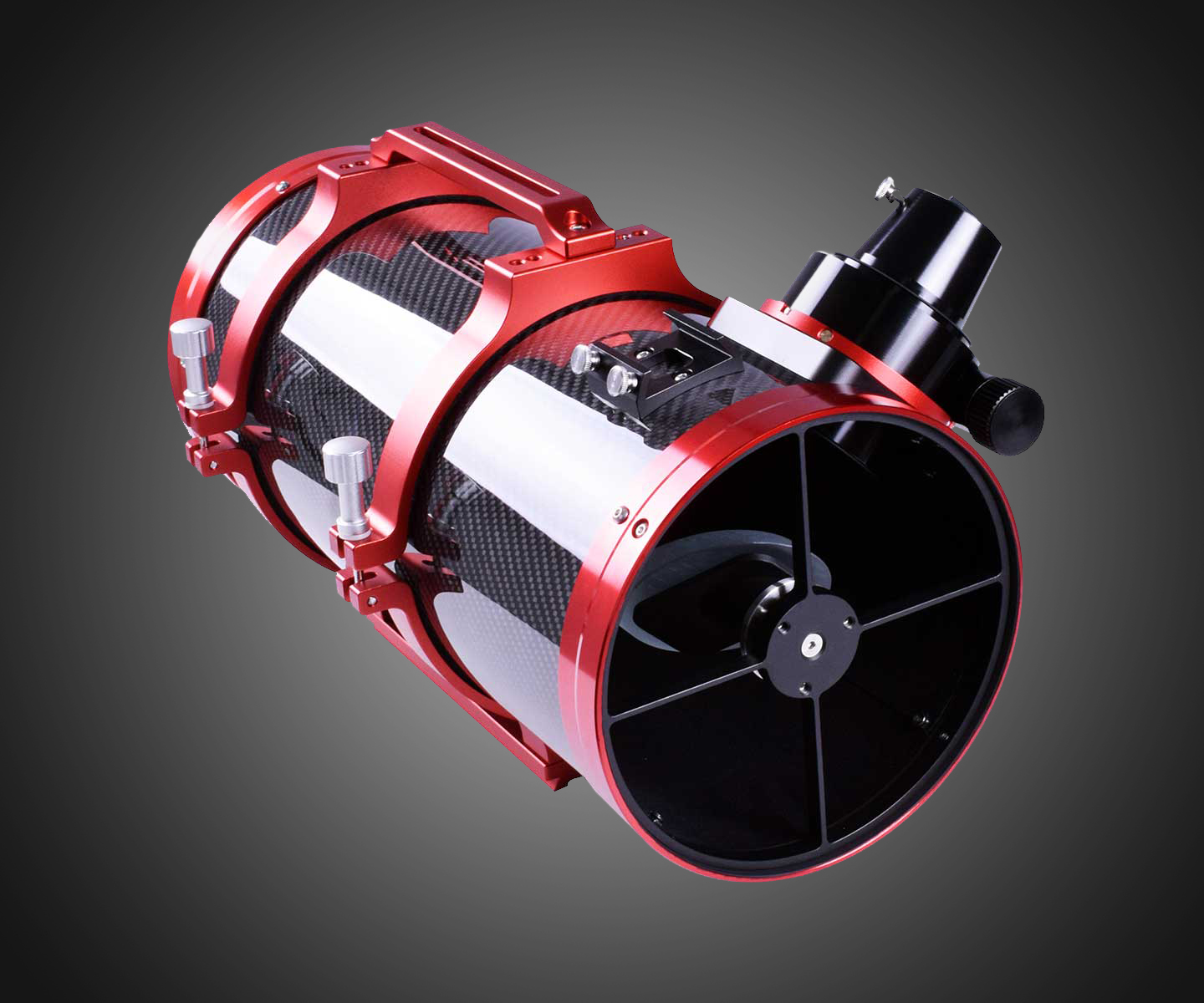
TS Hypergaph 6
The Hypergraph 6 is of the same optical design as the Takahashi Epsilon. It features a slightly larger hyperboloidal primary mirror of 150mm Diameter and a focal ratio of f/2.8, yielding a focal length of 420mm. The very similar specifications opens up the possibility of parallel imaging when fitting cameras with a comparable FOV and pixel size.
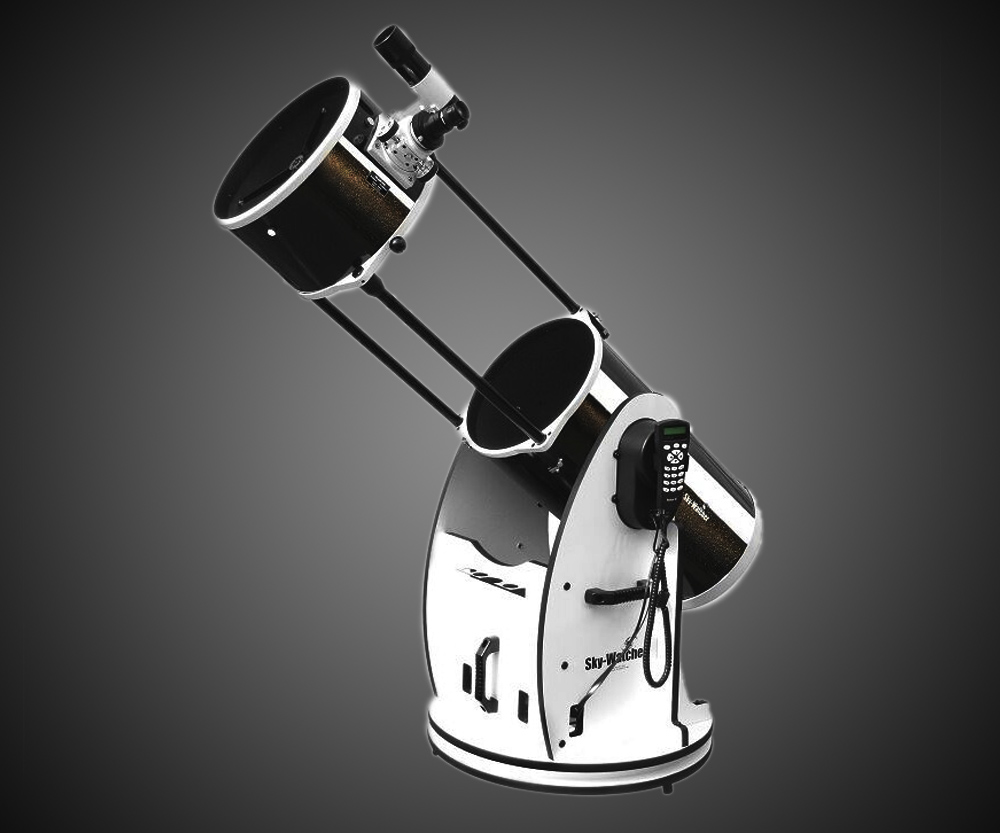
Skywatcher Dobson 305/1500mm Skyliner FlexTube
This large Dobson telescope is designed for visual observations. However, its photographic limitations can be overcome by taking short exposures with a small field of view, perfect for high-resolution imaging of galaxies or planetary nebulae. We use it to improve our data sets from smaller traditional imaging setups.
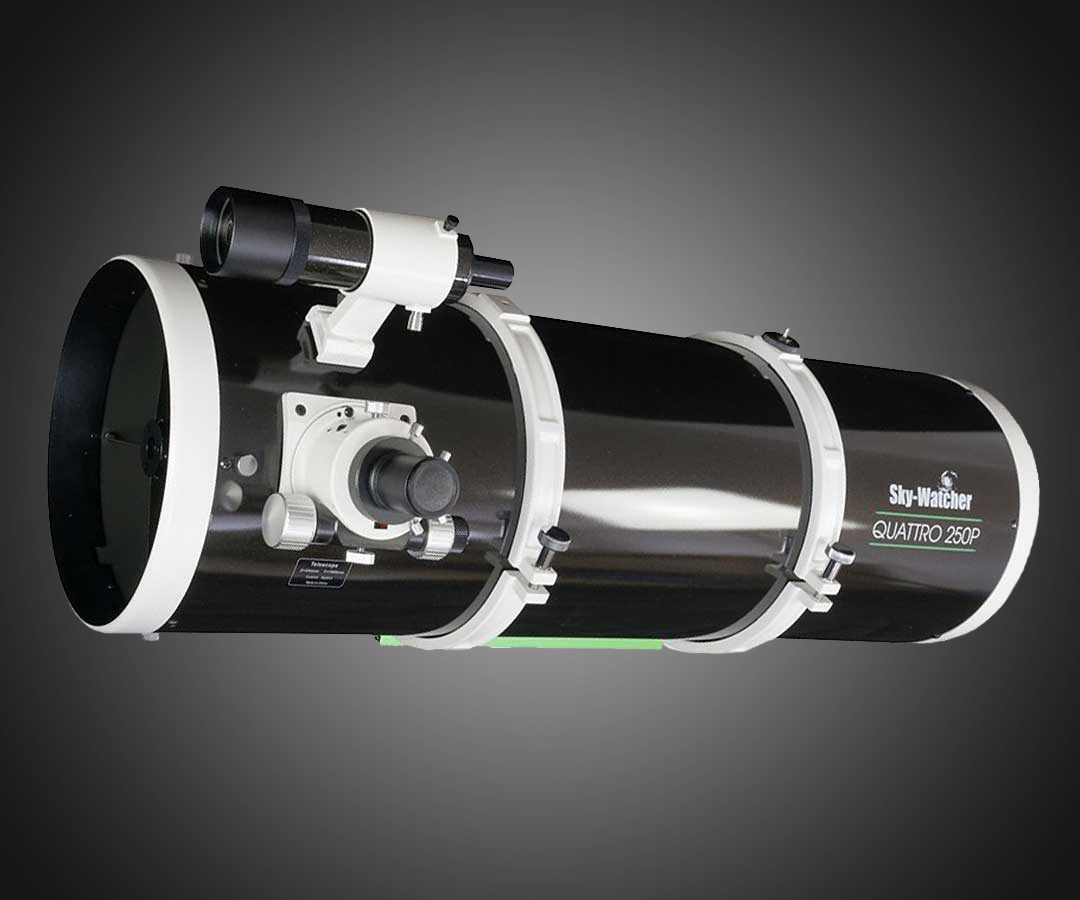
Skywatcher 10" Newton
With an aperture of 254mm, the Skywatcher 10" Newton is the largest equatorial telescope in our collection and maxes out the capabilities of the available EQ-6 class mounts. It has a focal ratio of f/4 and is primarily used for detailed imaging of nebulae and moderately large galaxies or the specialized short eposure technique. We have 2 specimen of this telescope at different observing locations.
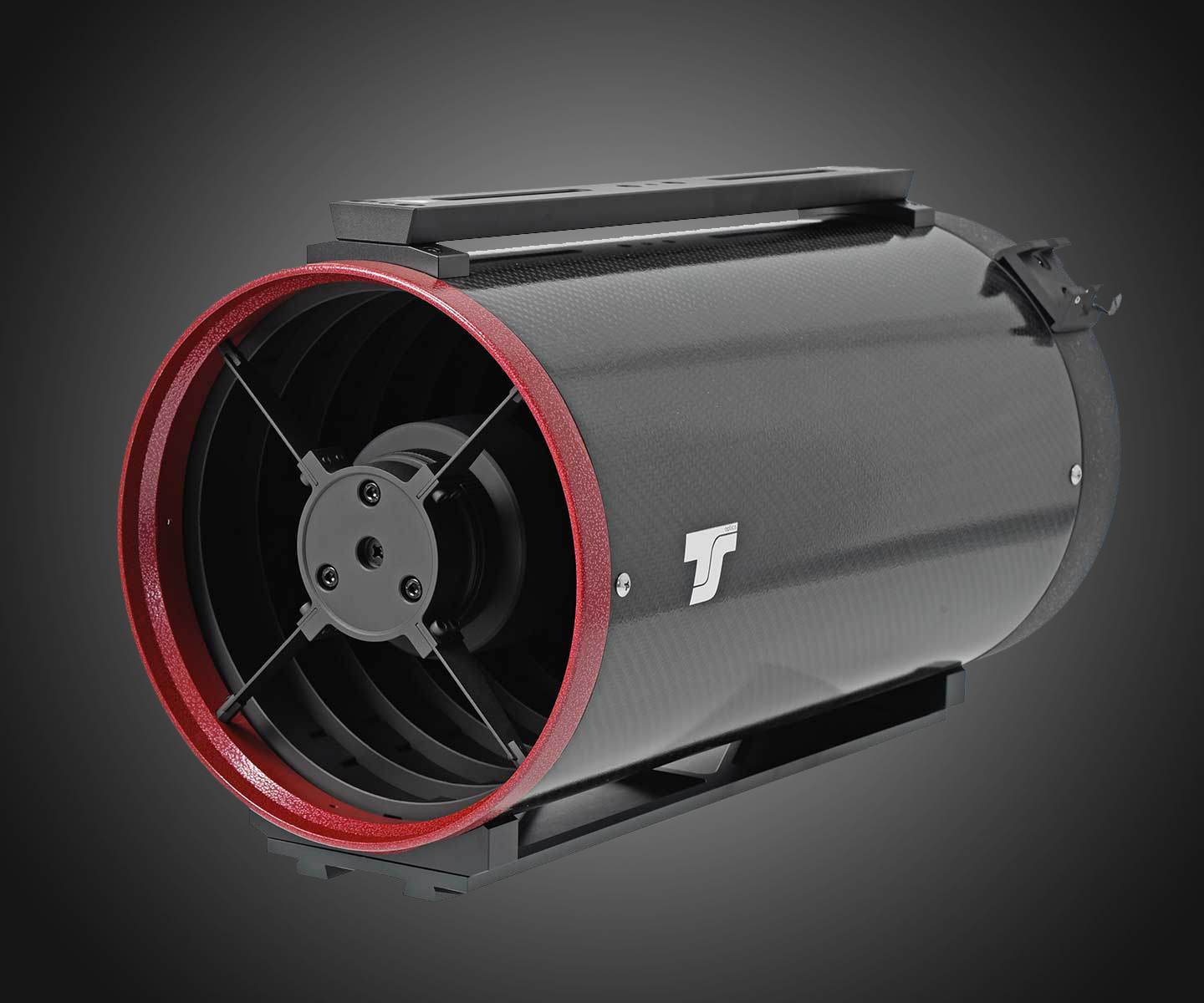
TS 8" Ritchey-Chrétien
The 8" (or 208mm) Ritchey-Chrétien Astrograph has a focal length of 1600mm and excels at detailed, high resolution imaging of small galaxies in narrow field of view. It is a purely reflecting optical design and is therefore very well suited for scientific observations.
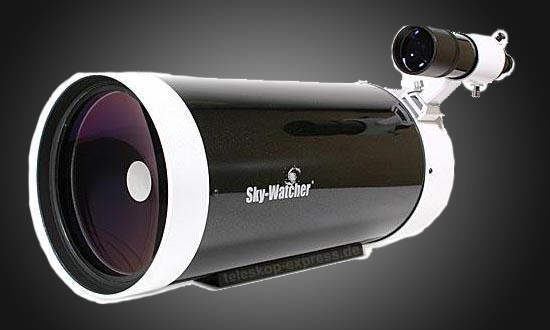
Skymax 180mm Mak
The Skywatcher Skymax 180mm Makutsov-Cassegrain telescope has a focal ratio of f/15 and is therefore highly specialized for planetary and lunar imaging, providing high contrast and field sharpness. It used ocasionally for these observations in contention with the 10" Newtonians.
Equatorial Mounts
Equatorial Mounts are essential for any form of astrophotography, as they compensate for the earth's rotation and enable long exposures to capture astronomical objects.
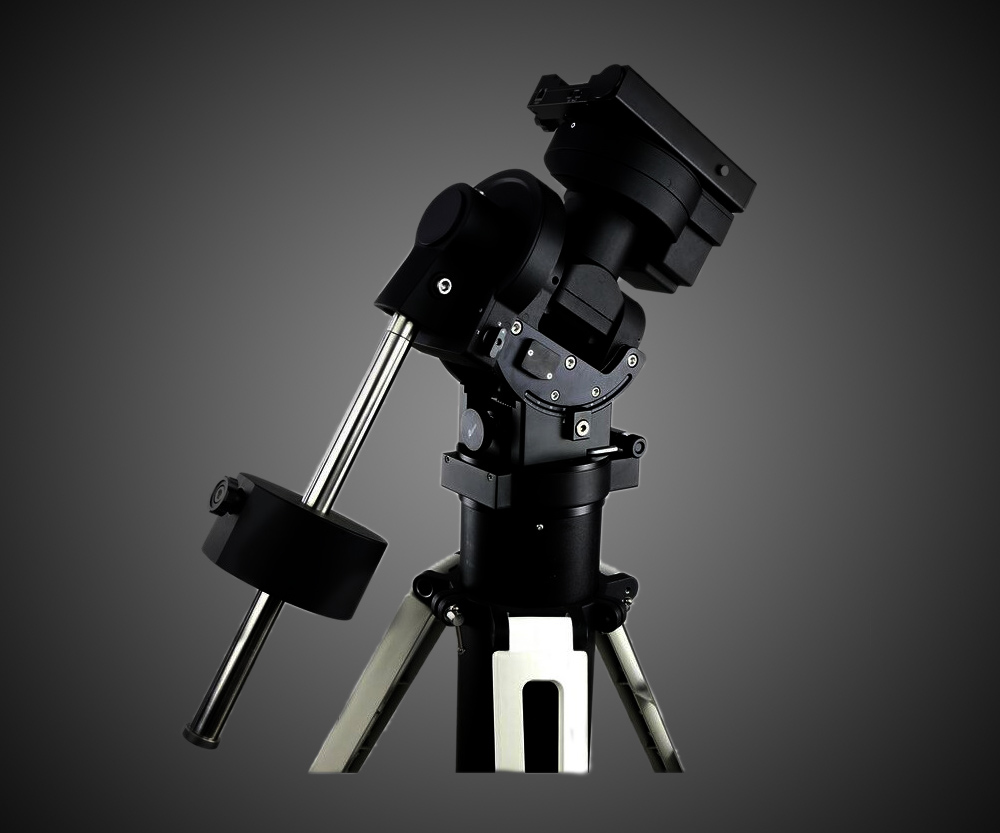
iOptron CEM70G
The iOptron CEM70G is a heavy duty computerized telescope mount for use with larger amateur telescopes up to 30kg. It is exceptionally accurate and reliable for its low price and offers a variety of convenient features such as: internal cable management, a USB+Power hub and a digital polar scope. It is currently used with 8-10" Newtonian telescopes, but allows for future upgrades to larger telescopes.
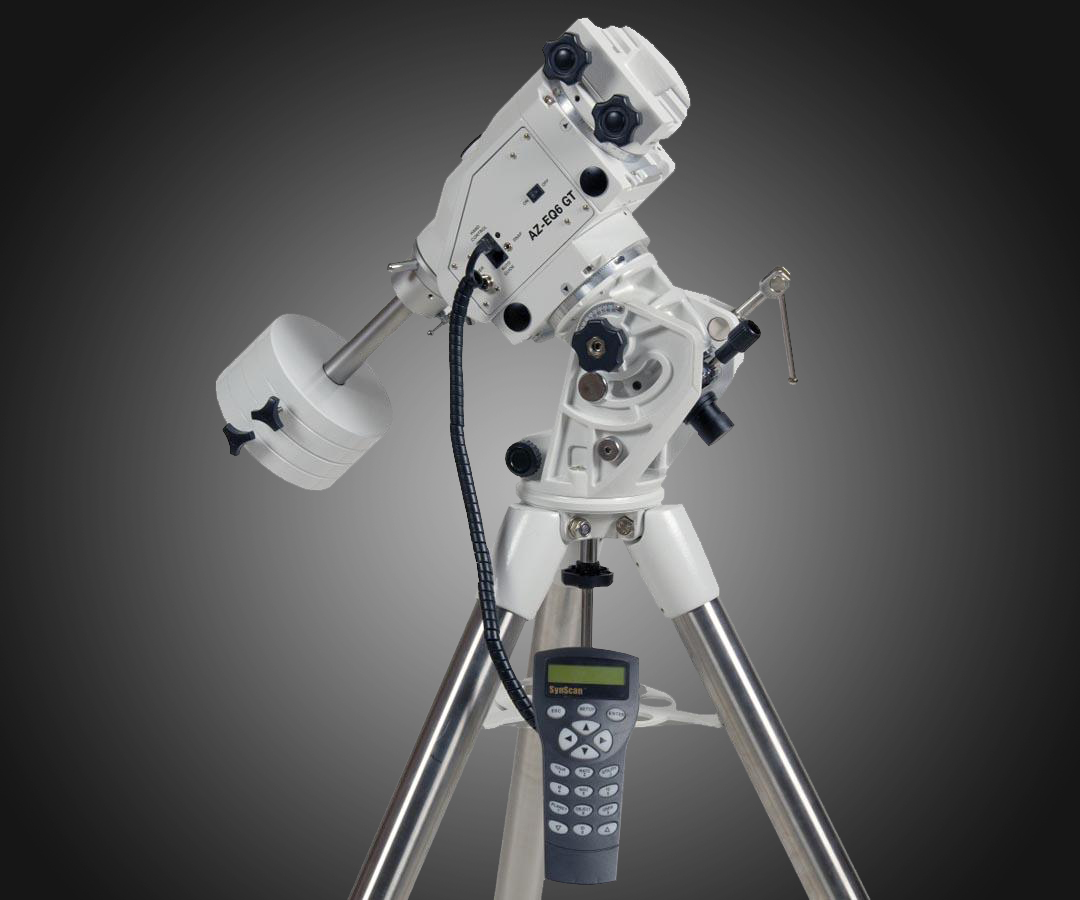
Skywatcher EQ-6
The Skywatcher EQ-6 family of computerized telescope mounts is and has been the best price/performance ratio products for midrange amateur telescopes. We use different iterations and versions of this very popular mount with very similar specifications:
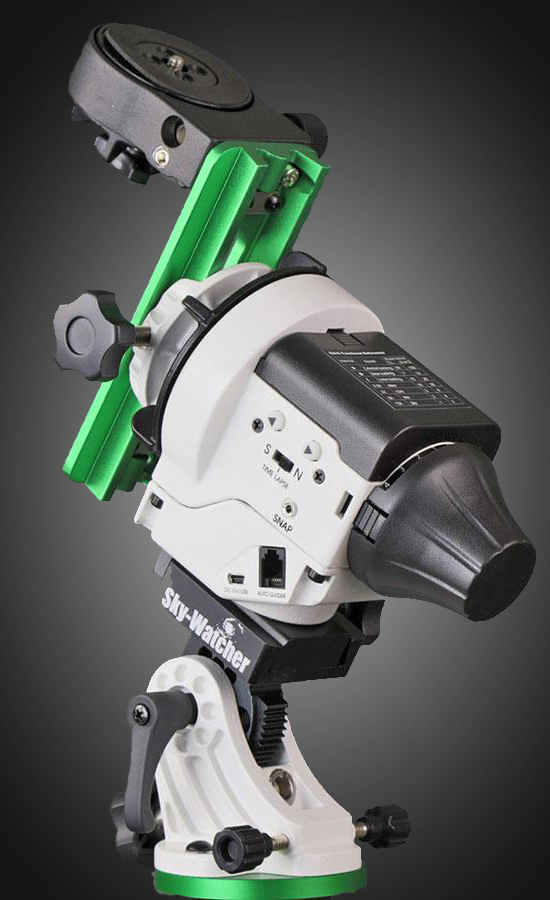
Star Adventurer
This tiny equatorial mount is designed to be used with camera lenses for widefield images of our galaxy. We use it with a 50mm Sigma Art f/1.2 lens and Canon DSLRs, as a dedicated secondary or travel setup.
Astronomical Cameras and Filters
In order to capture the night sky in all its colorful beauty we use cameras of different design and functionality.
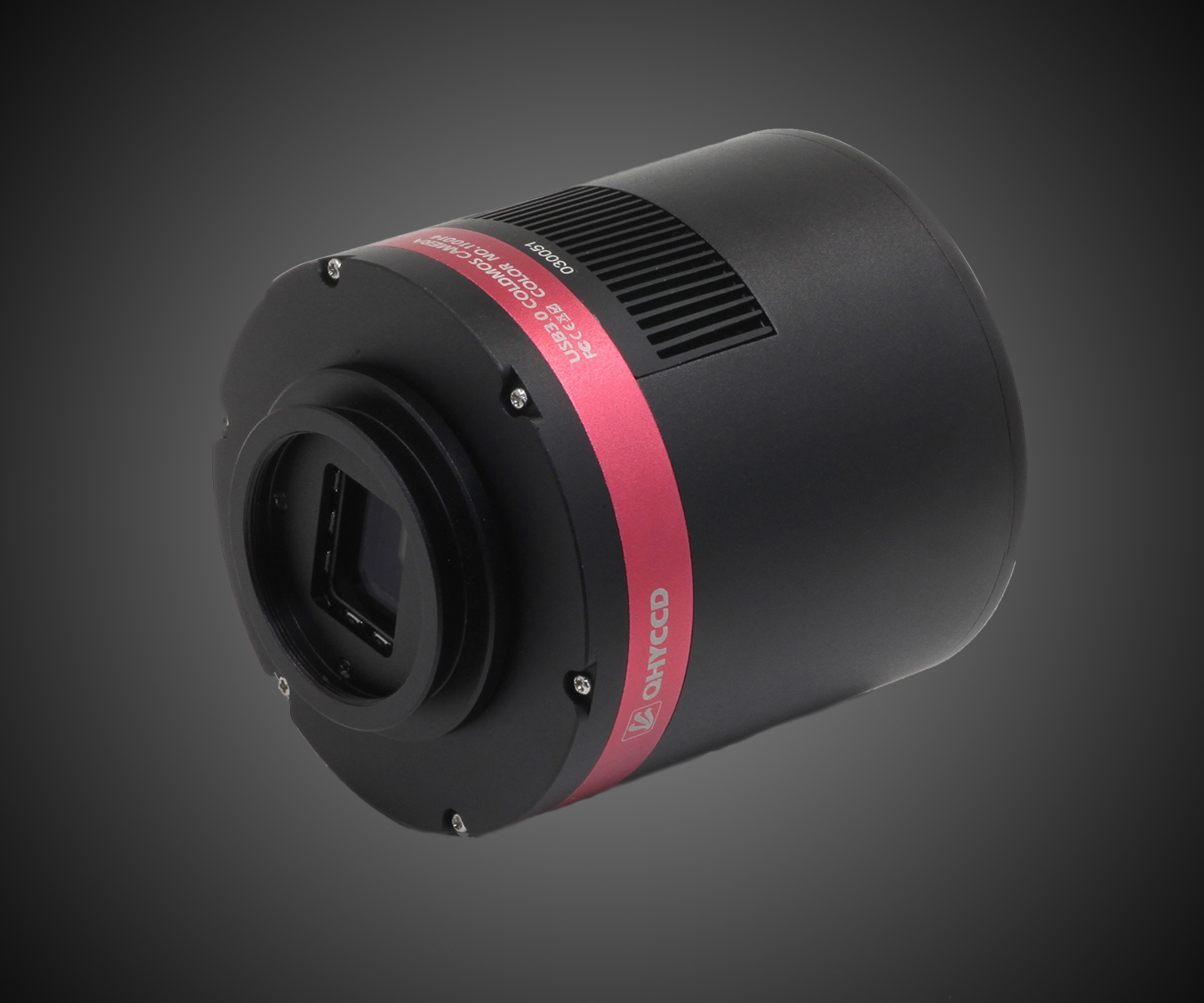
QHY-294mm mono CMOS
This advanced monochrome CMOS camera features extremely high sensitivity (especially in the near infrared) and low readout noise. It uses an MFT-sized CMOS chip that is binned to a pixel size of 4.63 microns at 11 megapixels by default. For special applications, such as very short focal lengths, the full 47 megapixel resolution can be enabled. We have two copies of this camera that can be used in parallel on the Hypergraph telescopes to obtain deep exposures in a very short time. 7-position filter wheels for broadband, narrowband, and photometric filters are included.
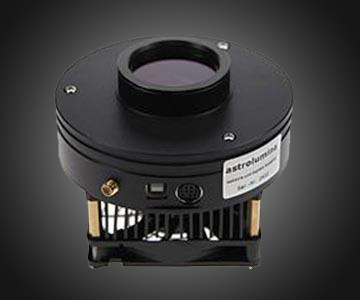
QHY-9S mono CCD
This camera has been the workhorse and essential piece of equipment for the majority of our projects. It has a monochrome CCD sensor, being able to capture objects at full resolution without a typical RGB-Bayer matrix. To create color images, it is used with different filters, capturing each color channel at a time. This enables it to also use narrowband filters, that isolate the structure of emission nebulae and ignore most light pollution. To reduce noise the camera can be cooled up to -50°C under ambient temperature.
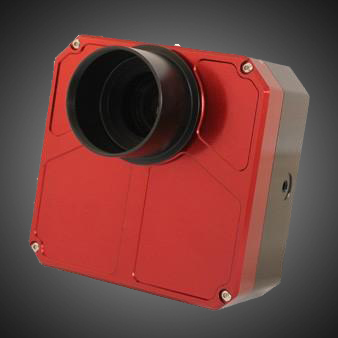
Atik ONE 6.0 CCD
The monochrome Atik ONE 6.0 CCD camera uses one of the best performing CCD chips available. This chip has a very high sensitivity and low noise profile but comparable small size, letting the camera excel at imaging faint and small targets, such as distant galaxies or old planetary nebulae. It can also be fitted with RGB or Narrowband filter utilizing its internal filter wheel.
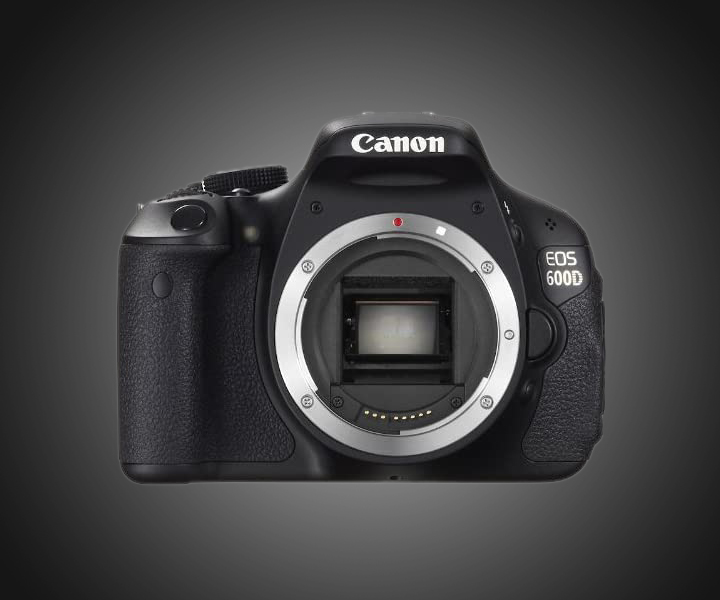
Canon 600Da
When starting with astronomy, one wants to use an intuitive Camera that might be already available from regular daylight photography. A DSLR perfectly serves this purpose, being very cost efficient and also creating images easy to process. The Canon 600Da has a reasonably good noise profile and resolution for astrophotography at a low price and is therefore widely common under beginners. When removing the internal IR-cut filter it can be used to capture emission nebulae. We own two of these cameras as remnants of or first steps in astrophotography and currently use them for widefield photography and timelapses.
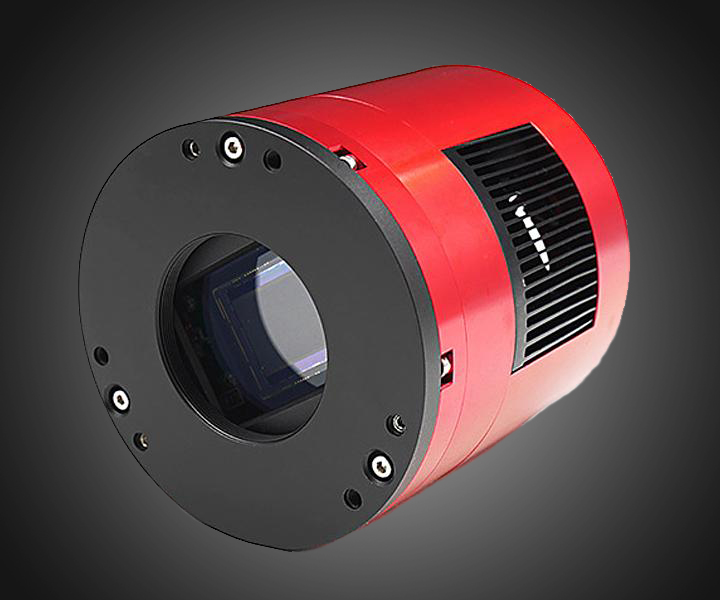
ZWO ASI 071mc pro
This color CMOS camera is paired with one of the 10" Newtonians and serves as an allround instrument for this telescope. It is mainly used for demanding applications where the use of a monochrome CCD is not required or the easier image processing of this camera's data preferred.
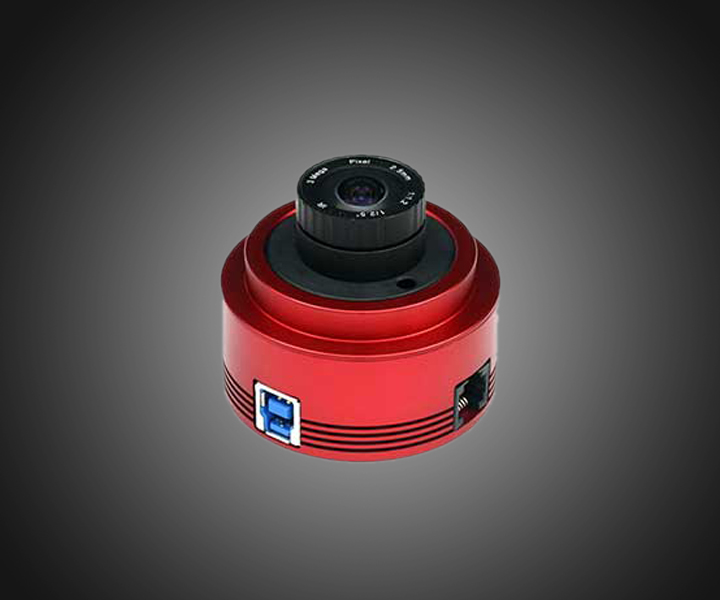
Planetary/Guiding Cameras
Taking images of planets or the moon poses a lot different requirements on the cameras. Modern CMOS sensors with small and sensitive chips or very specialized CCDs (such as the DMK cameras) excel with their low read-noise and high framerate. Videos are taken and their individual frames stacked for final images. Guiding the telescope is also perfectly performed by these cameras. Therefore we own multiple exemplars:

Astronomik Filters
Filters serve multiple purpose in astrophotography. They are used to create color images from monochrome cameras, isolating emission lines of specific chemical elements in nebulae or blocking light pollution. We mostly use Astronomik filters, since they have a good quality at a very reasonable price. Used filters are:
There is of course a lot more equipment involved in our observations. Such as Laptops, Filterwheels, Adapters, Dew Heaters, Power Supplies and Eyepieces. They are essential to every project but listing everything would exceed the course of this webpage.
Observatory
70cm RC Landessternwarte Heidelberg
The Landessternwarte Heidelberg ('Heidelberg State Observatory') was founded in 1898 on the Königsstuhl mountain. Lead by Max Wolf, a pioneer in using astrophotography for scientific research, it contributed major scientific results in the fields of galactic nebulae and the discovery of asteroids. Today's research is focussed on developing instrumentation, the detection of exoplanets and exploration of the high redshift universe. Despite that the observations nowadays are conducted in coorperations with the ESO and LBT Observatory, there are still multiple professional, scientific capable telescopes in use today. It's tasks are follow-up spectroscopic confirmation of exoplanets and scientific training for astronomy students of the Heidelberg University. Members of our astrophotography team are working at the observatories scientific research and are granted access to the telescopes on special occasions, opening a great opportunity of using instrumentation not commonly available to amateur astronomers. Furthermore the group can take advantage of the observing conditions at the observatory site fro projects with our own amateur equipment, escaping a small fraction of light pollution and local seeing of the Rhein-Neckar metropolitain area.
Our main observatory telescope is the 700/5600mm Ritchey-Chrétien Astrograph, constructed in the late 70s for Quasar Monitoring. Together with the 'Waltz-Telescope', it is the largest telescope at the observatory. It features the follwing specifications and instrumets:

